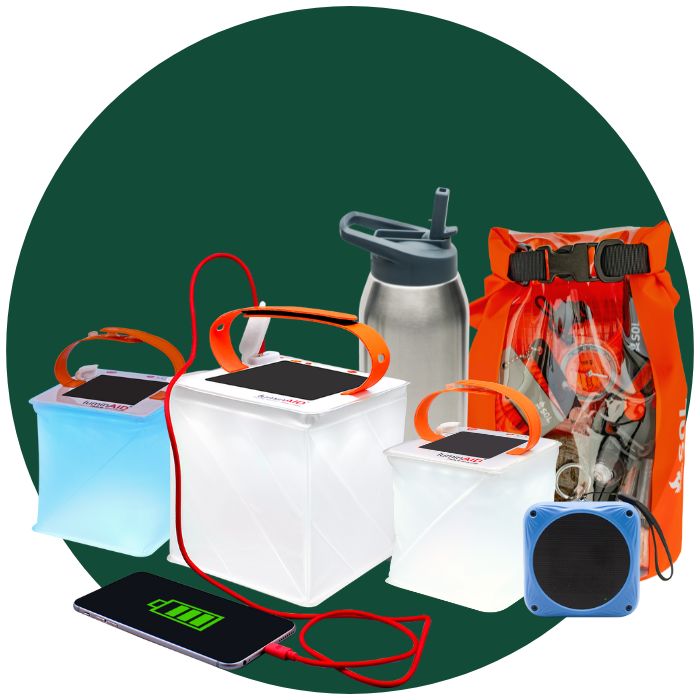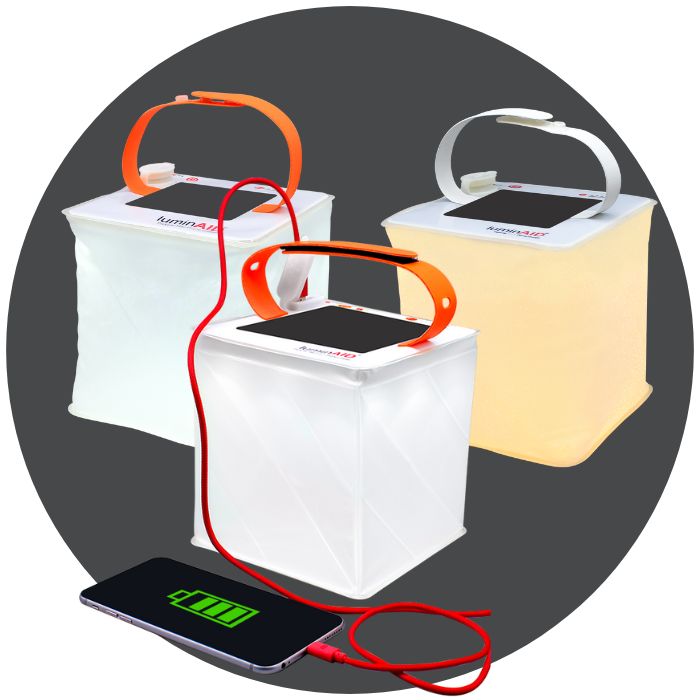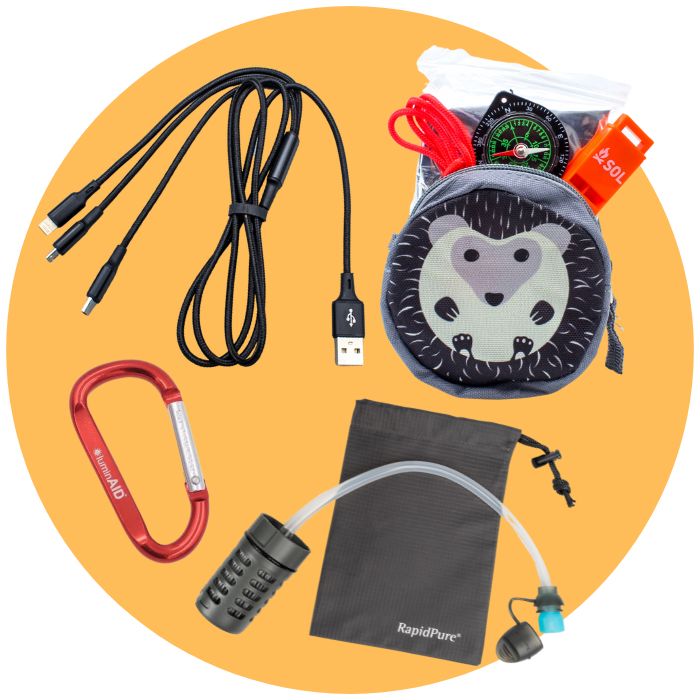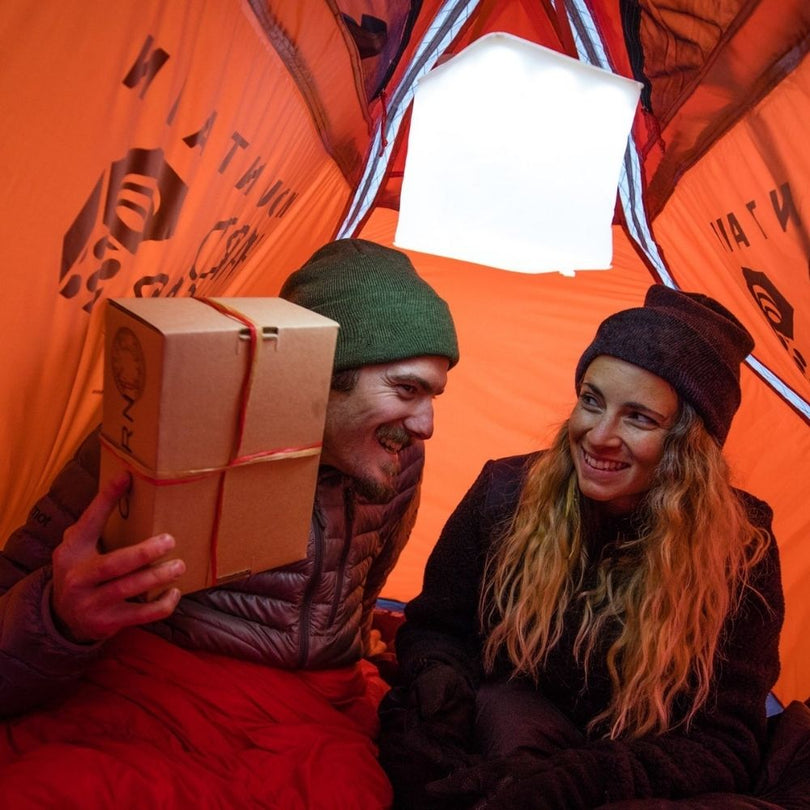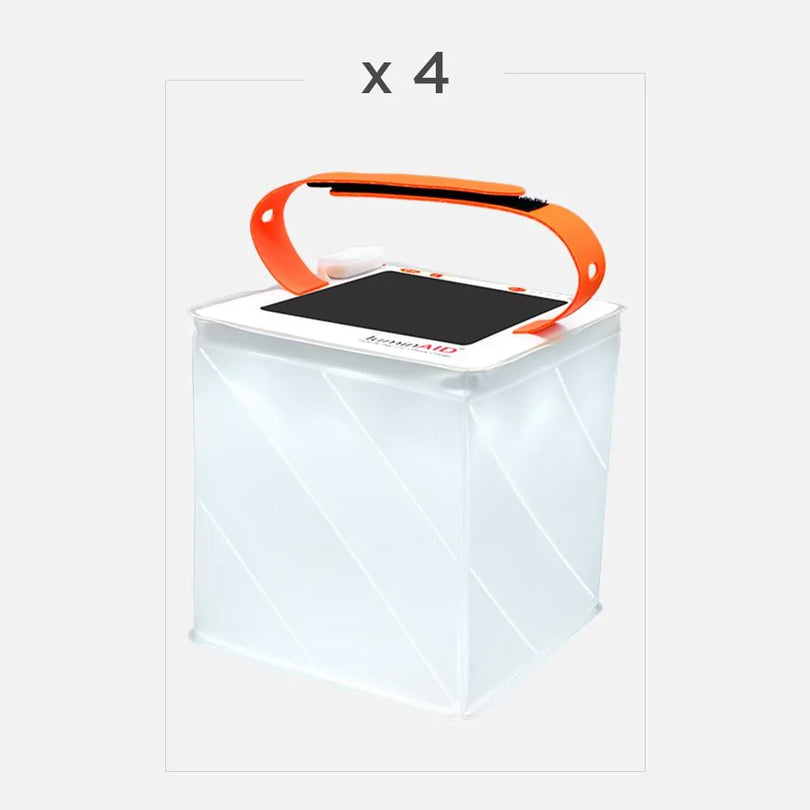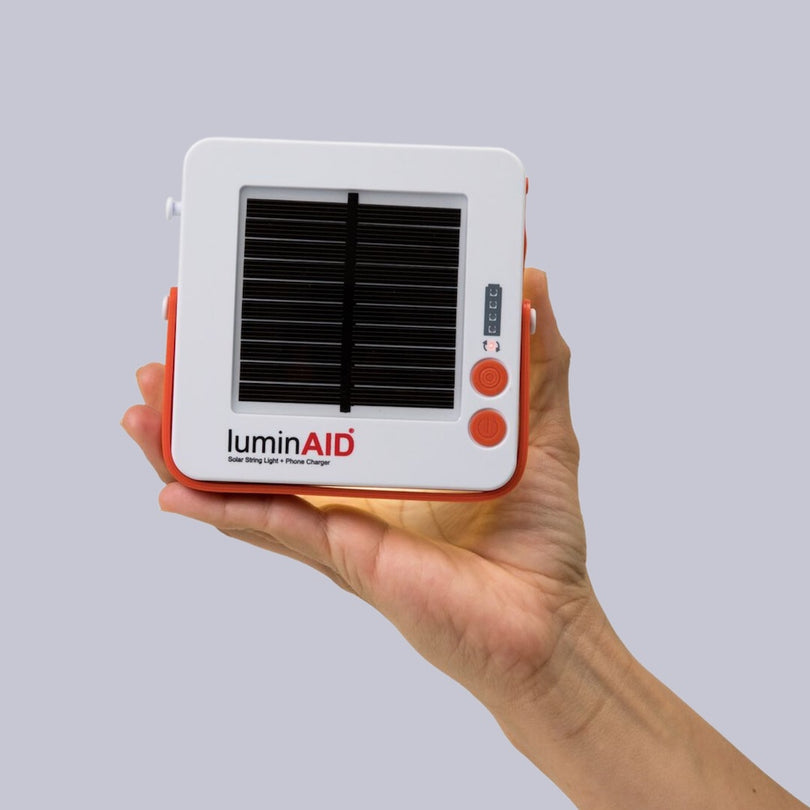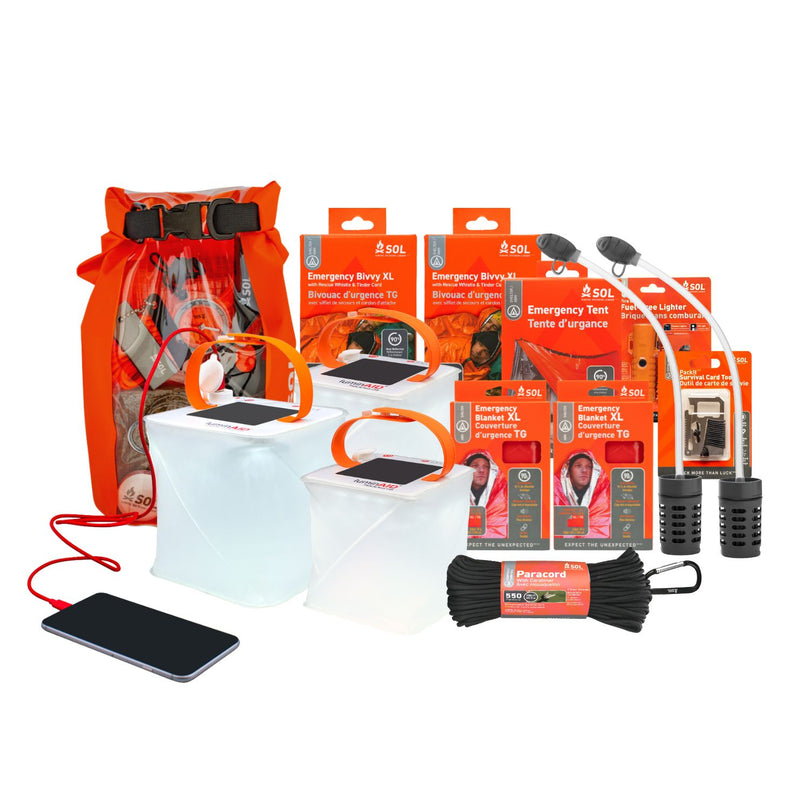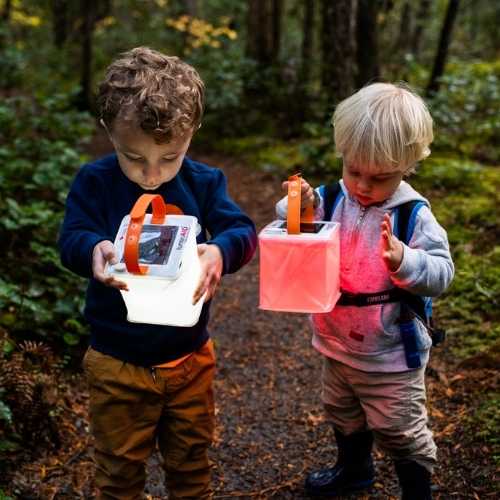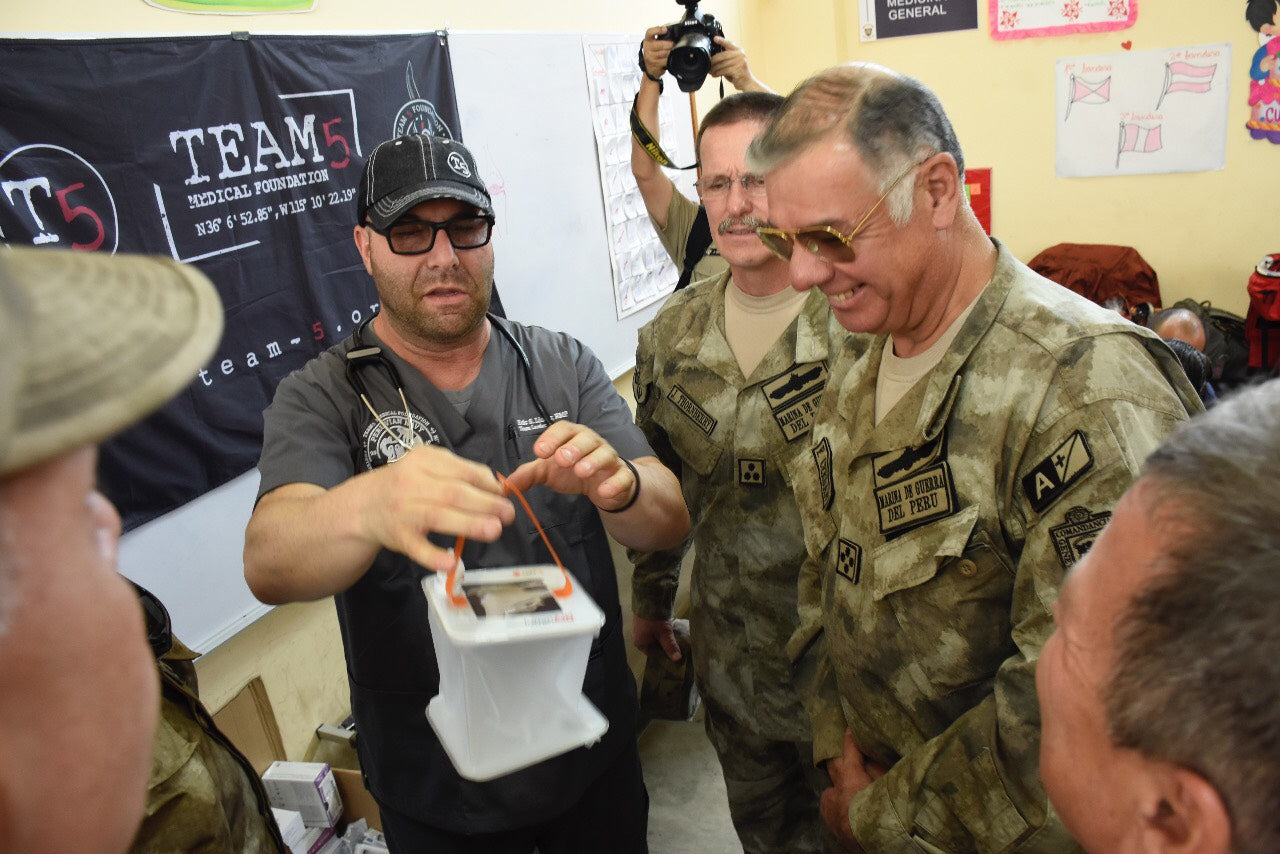Last weekend, we sat down with Threadies co-founder Steve Lehmann to talk about his company's mission to distribute comfort and therapeutic teddy bears around the world. Steve founded Threadies in hopes that the hand-sewn bears could provide much-needed comfort to refugee children experiencing trauma. Each bear comes with a psychologist-approved, kid-friendly "coping kit", which assists the children in working through symptoms of trauma.
In our discussion with Steve, we learned what the life of a refugee looks like, and how to open up discussion about the special emotional needs of refugee children. Threadies's work is focused primarily on the Syrian Refugee Crisis. Currently, there are about 11 million Syrian refugees displaced from their homes either within Syria or outside its borders. Refugees often live in tents set up in camps, staying there for 15 years on average. That means that children go through the most important periods of growing up living inside of these camps.
The most immediate concerns when trying to help refugees are often food, water, shelter, medical, and other physical needs. However, Steve says that during the 2010 Haiti Earthquake, he realized that one of the most underserved needs is psychological trauma in children. He and his partner developed Threadies to be designed and manufactured by refugees, and to be part of a larger “coping kit” that teaches them a number of ways to deal with stress and anxiety. By bringing Threadies to refugee populations, Steve says that the teddy bears open the eyes of parents and adults to the trauma that their children may be experiencing.
Steve also talked about how the Threadies bears and LuminAID lights work in tandem when given to children together. In refugee camps, light helps combat gender-based violence, allows children to continue their education, and live in brighter surroundings in general. As Threadies bears address the emotional needs of these children, LuminAID lights help create physically safer camps for them as well.
If you are interested in getting involved, Steve recommends checking out the Karam Foundation, RefugeeOne, and World Relief.
To sponsor a light for a family in need, please visit luminaid.com/givelight. See more interviews with our humanitarian partners from Mercy Corps, ShelterBox, and Convoy of Hope.

